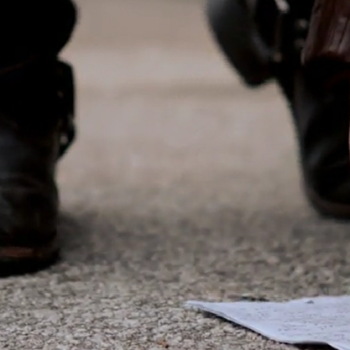Far more subversive to the true meaning of Christmas than the secularizers is the “naughty or nice” legalism of “Elf on the Shelf”:
Who can resist the holiday fun of scaring the children into good behavior? Ask any of history’s most efficient dictators — they’ll tell you. Christmas just isn’t Christmas without the naughty-nice punishment paradigm. Where would this holiday be without its good old-fashioned behavioral paranoia? Charles Dickens may get all the credit for this, but do also consider George Orwell.
That’s what makes “The Elf on the Shelf” so ingeniously successful. Cooked up in 2005 by a mother-daughter duo in Georgia, “The Elf on the Shelf” began as a children’s storybook that came packaged with a benign little elf doll — “a pixie scout” in the tale — togged out in a cute red leotard.
As the story goes, once a family gives their elf a name and places him on a shelf or mantel, he is endowed with magic powers. Beginning around Thanksgiving, the pixie scout watches everything that goes on during the day. At night, he flies back to the North Pole and gives Santa a full account: who behaved, who didn’t.












